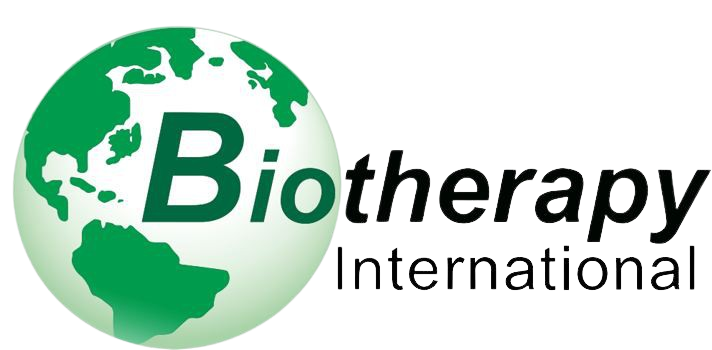Low-energy or Low-level Laser Light Therapy (LLLT) is a new type of medical intervention that uses low-power laser lights, at controlled wavelengths, to specific parts of the body. Body tissues can be treated either intravenously or through the skin. Both types of LLLT require a doctor to determine the wavelength, intensity, and duration of the lights used to obtain the strongest possible therapeutic effects.
The mechanisms of action for laser therapy are:
– Laser therapy can energize the mitochondria and accelerate its biochemical processes. In turn, this will improve the cell’s performance and ability to reproduce.
– It increases the speed in which adenosine diphosphate is converted into adenosine triphosphate (ATP) – the main source of energy for the cell.
– It improves the function of lymphocytes, which then regulate the immune system. This plays a major role when treating chronic conditions and cancer.
– Finally, laser therapy has an anti-inflammatory effect. When combined with mesenchymal stem cell therapy, low-energy laser light therapy can be used to treat severe autoimmune conditions and secondary inflammatory reactions associated with diabetes mellitus or renal disease.
At Biotherapy International, low-energy laser light therapy is combined with stem cell therapy to multiply their effectiveness. For cancer treatment, we use a combination of low-energy laser light therapy and shockwave therapy to speed up the delivery of natural killer (NK) cells to the tumor site.
Laser-based treatments are safe, effective, and painless interventions for a broad range of conditions. Intravenous laser therapy, administered for 5 consecutive days, can increase the effectiveness of multipotent stem cells and growth factors.
